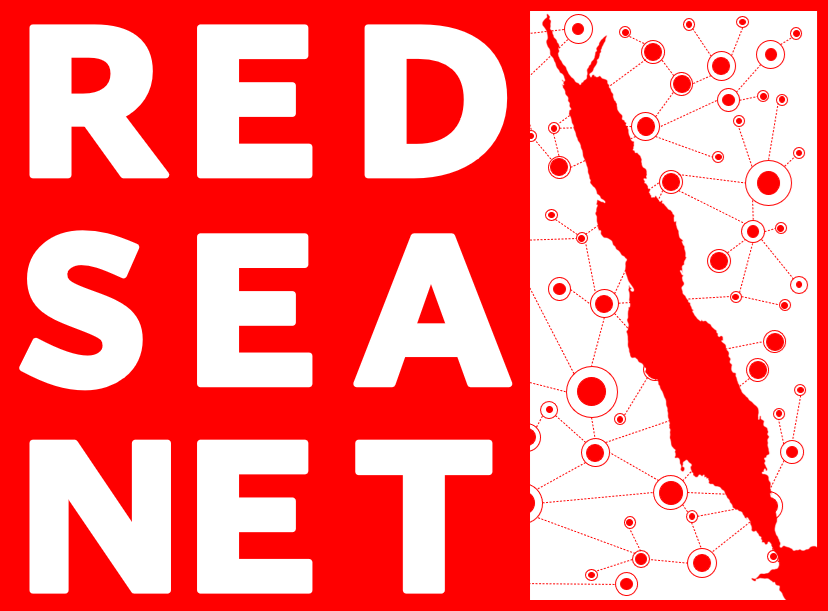Lebanon
Lebanon is one of the countries in the broader Red Sea region. Although it does not have a coastline on the Red Sea itself, it has a small shoreline of 225 km on the Mediterranean Sea. It has a total area of 10,400 sq km, and a population of 5.3 million inhabitants.[1]
Since 2019, Lebanon has been affected by a nationwide economic and financial crisis. It has seen a rising unemployment rate, which only just started falling from 14.49% in 2021[2] to a rate of 11.7% in 2022.[3] It has further seen a massive rise in poverty, which now affects at least half of the population, with upward estimates stating that over 80% of the population live in poverty.[4] Contributing to this crisis was Lebanon’s first ever default on its external public debt[5] as well as negative economic growth, marked by an ongoing recession and a deficit calculated at 12.8% of GDP.[6]
Geographically, Lebanon has a climate profile similar to many countries in the Mediterranean region, with heavy rains in the winter (generally between October and April) and a dry season for much of the rest of the year.[7] Rainfall averages between 700mm and 1000mm annually along the coast, with an higher average (1,600mm) inland, especially in the mountainous regions.[8] Approximately 35% of the total area of the country is cultivable land, largely in the Bekaa Valley and North Lebanon.[9] Lebanon is also in possession of some renewable freshwater resources, with approximately 848 cubic meters per capita (although this rate has been in a steady decline since the 1960s).[10] In terms of energy, Lebanon is best characterized as a highly-reliant energy importer. It primarily relies on refined oil products for energy consumption, and as of 2010, it imported more than 90% of its oil for domestic use.[11]
Relative Survey Population Sizes for the Perceptions Survey. Map created by Moustapha Nour-Ayeh.
Lebanon’s current crisis intersects in challenging ways with the ongoing climatic changes that Lebanon is currently experiencing. While prices of essentials such as water, electricity, and gas have increased an average of nearly 600% between June 2021 to June 2022,[12] limited water resources are being overextended in use for agricultural cultivation.[13] This is further paired with a projected reduction in rainfall by the year 2040, with inland areas anticipated to see a reduction in rainfall by 20%.[14] A combination of this reduction in annual precipitation combined with a projected increase in temperature up to 2ºC within the next two decades is predicted to have a dire effect on the livelihoods of communities throughout the country.[15] Furthermore, the past few years have laid bare Lebanon’s susceptibility to climate-related disasters. For example, for the past number of years, wildfires have ravaged much of the northern part of the country’s forests, displacing residents and causing injuries and even some civilian deaths.[16] In contrast to Lebanon’s extreme climate vulnerability, it only contributes to 0.05% of greenhouse gas emissions globally.[17] Furthermore, Lebanon has committed to reducing its emissions by 20% with support of the UNDP’s Climate Promise, with an eventual conditional target of up to 31%.[18]
[1] “Lebanon,” in The World Factbook (Central Intelligence Agency, February 20, 2024), https://www.cia.gov/the-world-factbook/countries/lebanon/.
[2] “Lebanon.”
[3] “Unemployment, Total (% of Total Labor Force) (Modeled ILO Estimate) - Lebanon” (International Labour Organization. “ILO Modelled Estimates and Projections database ( ILOEST )” ILOSTAT, 2022), https://data.worldbank.org/indicator/SL.UEM.TOTL.ZS?locations=LB.
[4] “Lebanon: Events of 2022” (New York, N.Y.: Human Rights Watch, January 12, 2023), https://www.hrw.org/world-report/2023/country-chapters/lebanon.
[5] “Lebanon: 2023 Article IV Consultation-Press Release; Staff Report; and Statement by the Executive Director for Lebanon,” Country Report (Washington, D.C.: International Monetary Fund, June 29, 2023).
[6] Sue Pleming and Zeina El Khalil, “Lebanon’s Fragile Economy Pulled Back into Recession,” World Bank Press Release, December 21, 2023, https://www.worldbank.org/en/news/press-release/2023/12/21/lebanon-s-fragile-economy-pulled-back-into-recession.
[7] “AQUASTAT Country Profile – Lebanon,” FAO AQUASTAT Reports (Rome, Italy: Food and Agriculture Organization of the United Nations (FAO), 2008), 1.
[8] “Lebanon: Current Climate > Climatology,” Climate Change Knowledge Portal (Washington, D.C.: World Bank Group, 2020), https://climateknowledgeportal.worldbank.org/country/lebanon/climate-data-historical.
[9] “AQUASTAT Country Profile – Lebanon,” 3.
[10] “Renewable Internal Freshwater Resources per Capita (Cubic Meters) - Lebanon” (Food and Agriculture Organization, AQUASTAT data, 2020), https://data.worldbank.org/indicator/ER.H2O.INTR.PC?locations=LB.
[11] “Lebanon: Analysis - Energy Sector Highlights” (Washington, D.C.: U.S. Energy Information Administration, March 2014), https://www.eia.gov/international/overview/country/lbn.
[12] Human Rights Watch, “Lebanon: Events of 2022,” in World Report 2023 (New York, N.Y.: Human Rights Watch, 2023), https://www.hrw.org/world-report/2023/country-chapters/lebanon.
[13] “Lebanon Climate Risk Analysis: Performance Management and Support Program for Lebanon (PMSPL II),” Social Impact, Inc. Report (Arlington, VA; Zalka, Metn, Lebanon: United States Agency for International Development (AID), December 2019), 4.
[14] “Lebanon Climate Risk Analysis: Performance Management and Support Program for Lebanon (PMSPL II),” 5.
[15] Najat Rochdi, “Climate Change in Lebanon: A Threat Multiplier,” United Nations: Lebanon, September 1, 2021, https://lebanon.un.org/en/142648-climate-change-lebanon-threat-multiplier.
[16] Andrea Kutter, “Lebanon’s Forests: Dousing Fire Risks through Stronger Forest Management,” World Bank Blogs: Arab Voices (blog), September 18, 2023, https://blogs.worldbank.org/arabvoices/lebanons-forests-dousing-fire-risks-through-stronger-forest-management.
[17] “Energy System of Lebanon” (Paris, France: International Energy Agency (IEA), 2021), https://www.iea.org/countries/lebanon.
[18] Republic of Lebanon, “Lebanon’s Nationally Determined Contribution: Updated 2020 Version,” United Nations Framework Convention on Climate Change (New York, N.Y.: United Nations, n.d.), 5.

